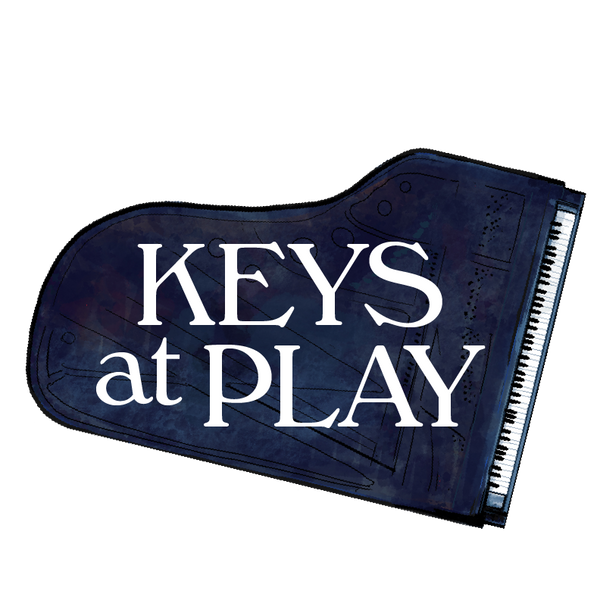Page Layout inside Keys at Play, Book 1
Joy Morin
One of my favorite things about my Keys at Play book is its minimalist approach to page layout. While most instructional piano books on the market are comprised of pages filled with text and graphics, in contrast, Keys at Play takes a different approach. Rather than cover the pages with explanations and graphics, I did my best to keep things simple and create a minimalist aesthetic. I thought carefully about how to keep the pages clean and attractive, a feature I hope you and your students will enjoy!
Below, I’ll share more about the unique page layout inside Keys at Play and how it can benefit your students.
When you open Keys at Play, the first thing you’ll notice is the professional engraving of each piece. The music notation is neat and clean, using a slightly enlarged grand staff for easy reading. The piece titles are centered immediately above the music notation and lettered in an attractive font. All of this is surrounded by wide page margins on all sides, creating a pleasing cushion of white space and directing the focus of the eye.

When a new concept appears in a given piece, you’ll notice a subtle graphic or piece of text located in the upper left hand corner of the page. No instruction or explanation is provided; instead, the teacher is free to teach each concept the way they prefer.
If desired, you can invite your students to write their own definitions of each learned concept. Terms can be looked up in a music dictionary. (Here’s an affiliate link to the one I recommend.) Alternatively, you might ask students to tell you what they think the new concept might be and let them impress you with their powers of deduction. These possibilities create learning experiences more active and perhaps more memorable than other, more passive approaches.
At the bottom of the page, there is a page number, a copyright notice, and a "change it" prompt. The "change it" prompt gives the student a suggestion for a way to change the piece, which is both a way to flex their creative muscles as well as to develop deeper mastery of the piece. For example, the student may be asked to change a piece from duple meter to triple meter (or vice versa).
Other than that, the page is clean. No clutter, no distractions. And no lengthy explanations to work through or figure out how to summarize. Save time by being clear, direct, and free to introduce concepts the way you prefer.
View more preview pages inside Keys at Play, Book 1 on the shop page here.
